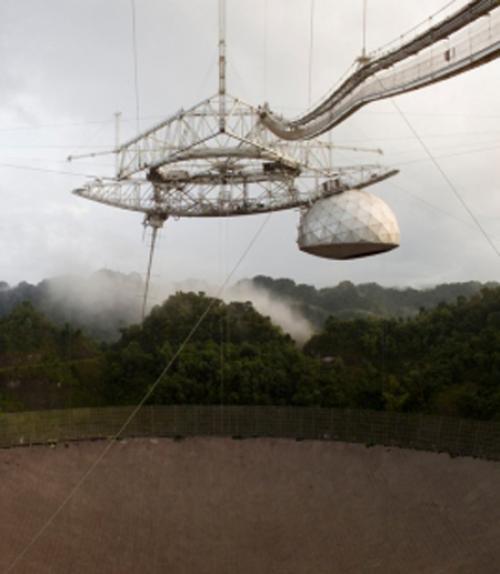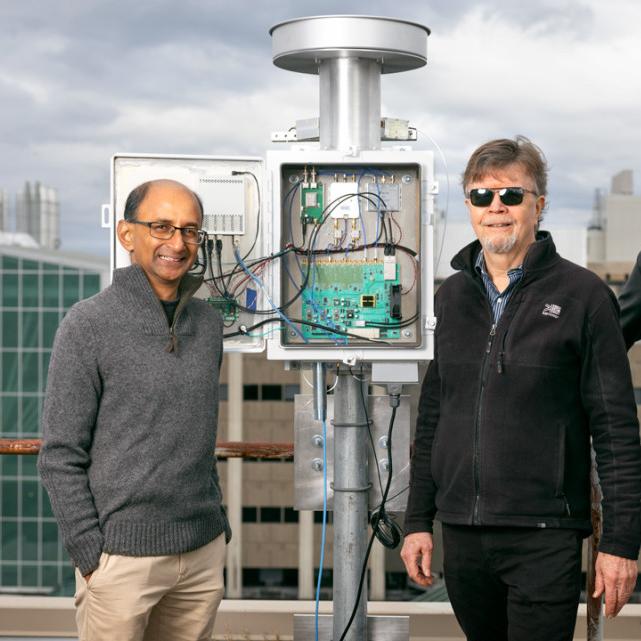
 Department Homepage
Department Homepage
Sifting Cornell data, astronomers find repeating bursts
After combing through Cornell-archived data, astronomers have discovered the pop-pop-pop of a mysterious, cosmic Gatling gun – 10 millisecond-long “fast radio bursts” – caught by the Arecibo telescope in Puerto Rico, as reported in Nature, March 2.



